Cárcel de San Pedro: The World’s Most Bizarre Prison
Located only meters away from the tranquil Plaza San Pedro, lies one of the word’s most notorious and corrupt institutions, San Pedro Prison.
What makes San Pedro so interesting are the conditions in which around 1500 of Bolivia’s most hardened criminals live. A society within itself, the prison contains shops and restaurants run by inmates, women and children living voluntarily with imprisoned family members and ironically, some of the country’s busiest cocaine laboratories.
San Pedro Prison Cells
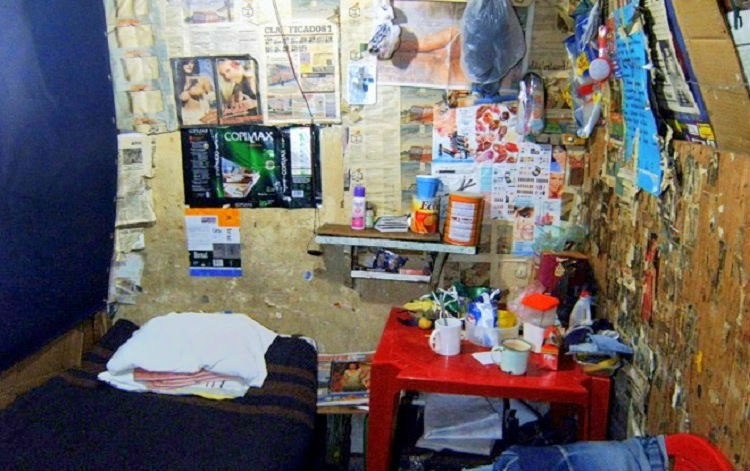
Photo Credit: Brennan Paezold
Upon entering San Pedro, prisoners are required to purchase a cell from either the “prison mayor” or through one of the prison’s “freelance real-estate agents”. Once a price is agreed on, the buying process is quite formal, with each cell owner receiving a title to their property and copies given to their section leader who verifies the transaction with an official seal and signing of the contract.
As in normal society, the more money prisoners have, the better their living situation. Incarcerated politicians and drug lords live in luxury cells with private bathrooms, a kitchen, cable TV and a hot tub, while the poorest prisoners live in squalor.
Before deciding on a cell, prisoners must consider which of the eight prison “neighborhoods” they would like to live for the duration of their sentence. The prison is divided into sections based on housing quality and price with the highest-rated sections acting more like gated communities and the lowest rated sections usually made up of drug addicts and violent criminals.
If inmates don’t have the money to buy their own cell, they can either rent a cell from another prisoner or live in a cramped closet paid for with labor. Some inmates remain homeless and have to make do with hallway floors or the prison’s chapel.
Surviving in San Pedro Prison
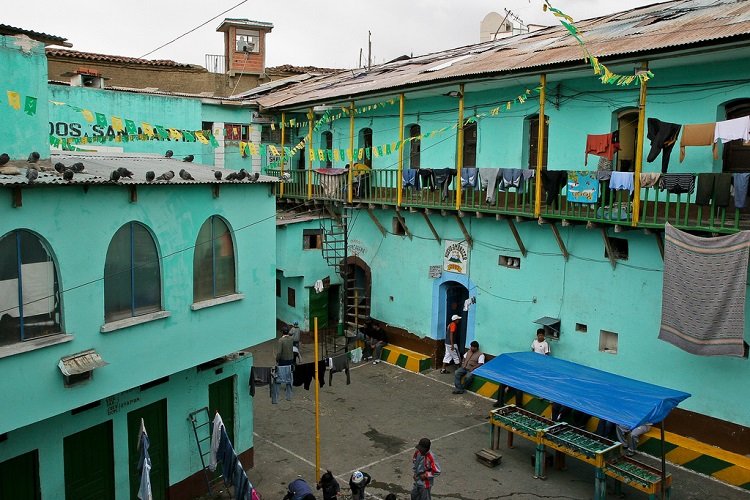
Photo Credit: Danielle Pereira
San Pedro operates its own economy, with inmates required to pay for their own food, housing, medical care and general upkeep. A few prisoners are supported by family members, however many are left to find jobs within the prison in order to survive. Career prospects include, but are not limited to, restaurant owner, bar tender, messenger, chef, medical adviser, hairdresser and of course drug dealer.
Another lucrative income source is the alcohol trade. Money is also made and lost through gambling. Up to US$20,000 in bets are placed per year on inter-section football matches.
San Pedro Prison Rules
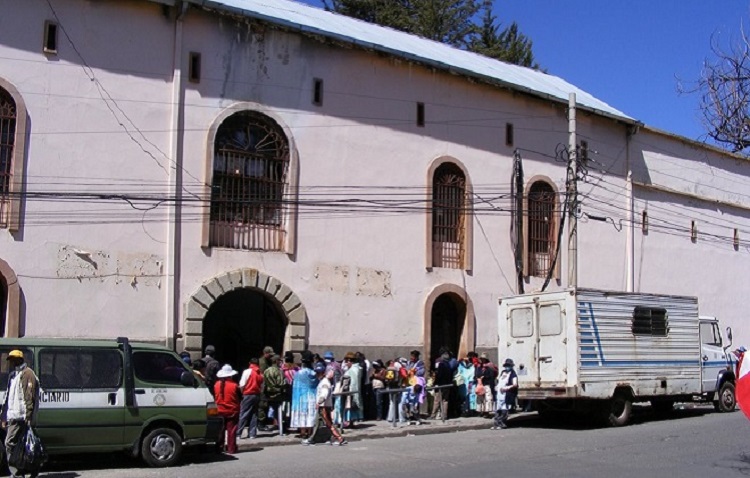
Photo Credit: Tripomatic
Life inside San Pedro is notably autonomous. Each sector in the prison annually elects a leader and a financial secretary who not only establish the rules and laws within the prison, but determine how law-breaking inmates should be punished. Rapists and child abusers are often murdered by fellow inmates, and those who survive often find themselves with hospital bills to pay.
There are no guards inside San Pedro, and authorities usually don’t intervene unless a significant problem arises or for the twice-daily roll-call. Unsurprisingly, the few guards that do oversee San Pedro Prison are known to be corrupt, accepting bribes off prisoners looking to pay off or reduce their sentences.
Unlike most countries around the world, inmates have the right to vote in the Bolivian national elections. It’s not uncommon for political candidates to enter the prison with the intention of increasing their support from the prison’s community.
Family Life in San Pedro Prison
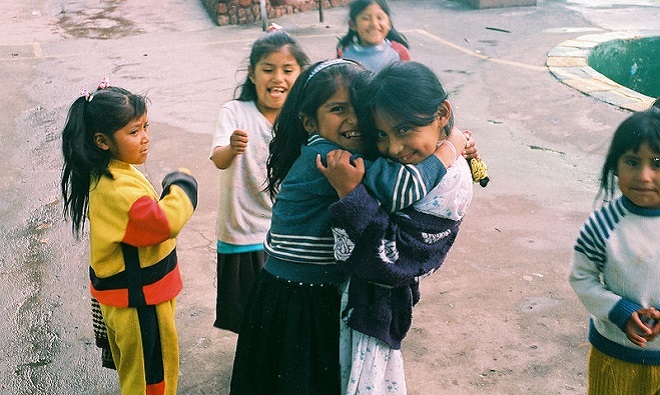
One of the most heart-breaking scenes within San Pedro is that of the children and wives who, faced with no way to support their families on the outside, are forced to live day by day alongside their incarcerated spouses.
Families are permitted to live inside the prison and are free to come and go as they please. Women provide an important link to the outside world, purchasing and selling items at La Paz’s market stalls to support their husbands. The 200 children who live inside the prison are either educated in the prison’s two nurseries or in the nearby schools and spend their free time playing inside the prison grounds. Sadly some of these children also fall victim to violence and abuse.
San Pedro Prison’s Cocaine Laboratories

The bread and butter for many of San Pedro’s inmates is the production and sale of cocaine. Some of the purest cocaine in the world comes from inside the prisons walls, with inmates producing the drug not only to support their own habit, but to sell on the outside as a means to make money.
Poorer inmates who can’t afford the luxury of powdered cocaine, often resort to smoking “base”, the residue left over from the manufacture of cocaine. Base is highly addictive and is packed with toxic chemicals cooked out of powdered and rock cocaine.
San Pedro Prison Stats
Around 80% of the inmates are being held in relation to drug crimes. An astounding 75% of all prisoners have never actually been convicted of their alleged crimes – they’re being held pending trial.
There are on average four deaths every month inside the prison from natural causes or from violent attacks.
Coca-Cola and San Pedro Prison
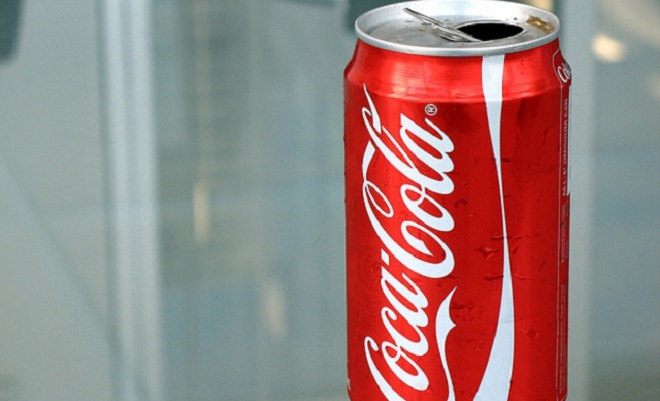
Proving that not even inmates can escape commercialism, cash-strapped San Pedro Prison was once able to procure extra cash by working with Coca-Cola. The soft drink company supplied the prison with tables, chairs and umbrellas in return for the exclusive right to advertise and sell its product line within the prison.
San Pedro Prison Tours
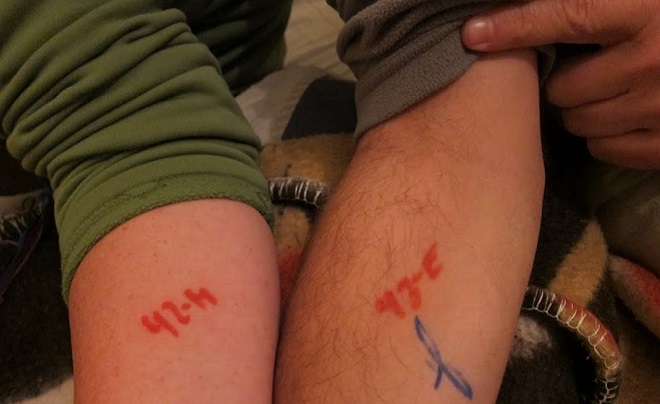
Since as early as the 1990s, tourists were able to pay their way into San Pedro Prison.
Prison tours, though technically illegal, were a popular activity among backpackers in La Paz, with up to 50 tours occurring daily. Prison guards accepted bribes as high as 400 Bs ($57 US), marking tourists’ arms with a number upon entry so they could be identified and released at the culmination of the tour.
A typical San Pedro prison tour consisted of a guide (usually a member of the strongest gang at the time) and a bodyguard taking tourists to the different cell blocks, inside cells, to the cafés, bars and artisans’ stalls for those much sought-after souvenirs and finally to a quiet corner where they could try cocaine if they so desired.
Since 2009, San Pedro has been strictly off limits to tourists, following a tough crack down from authorities in response to the prison’s growing notoriety. Like anything though, if you’ve got the money you can make things happen, and even today, there are rumors of tourists still making their way inside the prison walls.
If you’re in La Paz and want to learn more about the infamous prison, the local guides on the Red Cap Walking Tour give a really good explanation of life inside San Pedro and the controversy that surrounds it.
San Pedro Prison Book and Movie
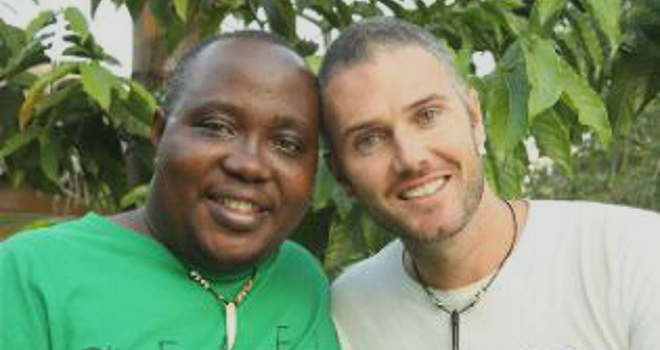
In 2003, Australian law graduate Rusty Young shocked the world with his riveting tale of Bolivia’s most bizarre prison.
The harrowing, yet enthralling book, Marching Powder depicts the infamous world of San Pedro prison through the eyes of British inmate, Thomas McFadden who became known for offering prison tours to backpackers.
Today, Brad Pitt is producing a film adaptation of Marching Powder, which will star 12 Years a Slave actor Chiwetel Ejiofor and is expected to be released in 2015.
San Pedro Prison Closure
Plans are currently in motion to close down the prison for good, with drug production and child abuses being cited as factors in the closure.
Director of Internal Affairs, Ramiro Llanos, presented a resolution on the morning of Thursday 18th July 2013 authorizing closure of the facility. It was originally planned that the prison would stop receiving new prisoners the same day, but this was postponed until 1st August 2013 to allow time for alternative facilities to be prepared.
The prison population of 2,400 (San Pedro was only built to accommodate 600) will be relocated over the next couple of years, or released upon completion of their sentence. Prisoners with existing sentences are being relocated to Choncocoro prison, while prisoners awaiting sentencing are being sent to Patacamaya and youths are being sent to Qalahumana.
The future of the state-owned San Pedro prison site is under debate. In early 2013, Government minister Carlos Romero announced that it would be sold to the Ministry of Economy and Finances for the construction of a public administration building. However, the Mayor of La Paz, Luis Revilla has asked that the site be handed over to the city of La Paz, pointing to a law passed in the 1990’s which earmarks the site for either an extension of Plaza Sucre, or a new cultural center.
News of the closure was met with protests by San Pedro’s inmates.




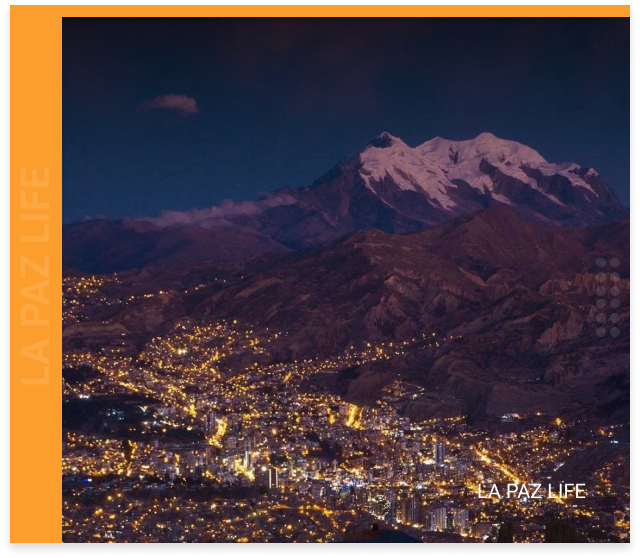
I visited this prison in 1979–long before 1990. It was not a problem getting in, and the whole thing cost us a few bucks each. There were about 30 gringos in there at the time, including Canadians, Americans, and at least one German.